His game, His rules….
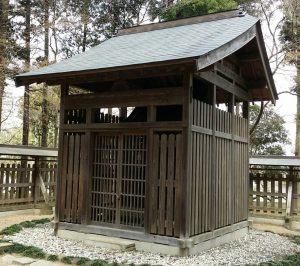 Recently I have had the opportunity to observe a lot of demonstrations of Aikido techniques sent to me on Facebook and YouTube. I thought it pertinent to make a few observations based on the rules that the FOUNDER put forward to those that wish to study Aikido.
Recently I have had the opportunity to observe a lot of demonstrations of Aikido techniques sent to me on Facebook and YouTube. I thought it pertinent to make a few observations based on the rules that the FOUNDER put forward to those that wish to study Aikido.
1) A single moment or interaction in Aikido can decide life and death. When practicing always follow the example set by your instructor and do not use training time for needless testing of strength.
Do people that practice modern Aikido truly believe that what they are doing or practicing has this level of lethality? Seriously?
The founder must have believed it as he wrote it as the very first rule. Did this mean that, first and foremost he saw Aikido as a leathal martial art and not some form of health study?
These rules were on the wall in the founder’s personal dojo in Iwama, did they only apply to that dojo? I don’t think so.
They were meant to apply to anywhere the art of aikido was taught.
Perhaps the issues is found in the second part of this rule, to follow the example set by the instructor, a rule that has ALWAYS been emphasised in dojo I have been training in. We follow Along without question, with an expectation that the teachers level of skill and understanding is commensurate with their time in training.
The problem with this assumption is that time is not a good measure of ability and wisdom. Most people study without attempting to deepen their wisdom of the origin and purpose of their art. I believe it is important to see the founder’s Aikido from his perspective and search out the truth of what he did and said, rather than just follow along the path that most comfortably fits within our own ideology and beliefs. In that way we honour the art, and the sacrifice that the founder made for you to claim to study the art he created..
And last but not least training is not about testing one’s strength, but rather one’s resolve. Remember, perseverance is power.
2) Aikido is an art where one person learns to face many opponents simultaneously. It therefore requires that you train earnestly to perfect each movement to defend yourself from an attack in all directions.
This is a big one. Humans by their very nature are attracted to beauty. Aikido has become about the sale of perceived beauty at the cost of integrity. Large flamboyant circular movements, and spectacular cooperative ukemi are not Aikido.
In this way of practice, the second rule of the art is totally disregarded.
If nage ends up in a overly large stance to balance the weight of there Uke flying around the periphery of their movement, they have created a vulnerability to attack from the rear. One must, at any time, be able to turn, balanced and centred in any direction to be able to deal with attackers from those directions. Most large movements leave us off balance, our weight totally on one foot or another, or even worse, using Uke to balance ourselves by counterbalancing the interaction. This looks spectacular, it sells “tickets” but degrades the purpose of study, and shows as the hollow level of understanding talked about in the first point.
It reminds me of the Jedi mind trick. It’s good for those whose purpose in aikido is to continue to be ego driven show offs, but to those who have a strong mind and understanding of Budo principles, it just looks like the illusion it really is.
3) Practice with a feeling of joy and exhilaration.
Aikido practice should make the spirit feel invigorated, the body rejuvenated and the mind challenged. Always remember that your partner is there to learn just as you are, and sacrifice their time and their body to the cause. Treat people how you would like to be treated.
4) What you learn from your instructor constitute only a small fraction of your overall learning. Your understanding of the deeper principles will depend almost entirely on individual earnest practice.
In this age of entitlement, this rule should be strictly followed.
Just because you turn up to class and pay money doesn’t give you the right to grade. Learning is on the student, teaching is on the instructor. How you are taught is not determined by you, and in the dojo you have no right to decide how you are taught or when or why.
A GREAT instructor will show you what YOU need to learn, not what you think you need to learn. A GREAT instructor can show you where to look, but not hold your hand while you take a look. A GREAT instructor will test you time and time again, ask questions you didn’t even know you needed answers to. A GREAT instructor will inspire you through their example. And a GREAT instructor will not invest time and effort into those that will not help themselves.
5) Daily practice begins with light movements gradually increasing in intensity; training must be vigorous without putting one at risk of injury. Even elderly people can practice with pleasure.
It is your job to make sure that your body is prepared to train. It is your job to get ready for what you are about to do on the mat, and you have control over the tempo and nature in which you want to train. Knowing and training to your level of physical ability is your responsibility, and articulating this to your training partner is just good etiquette. Just remember that training within the comfort zone all the time is detrimental to progress, as the body condition strengthens and becomes more limber, so should the level of training increase.
6) The purpose of Aikido is to train both body and mind sincerely. Aikido must not be taught to immoral people or used for evil purposes.
If you have not learnt the secrets to Aiki from your teacher, especially if you believe they have them, then please see the above. Believing you are entitled just means you are filled with ego, sometimes being given an important position is a test, and most fail. The relationship is not how we see ourselves, but how the one that we call master sees us. The question to why the teaching was not passed to you lies within the self. Look closely within and reevaluate the way that you train and the attitude you bring to the mat. For further clarification see rule number 4. Read more
Read more

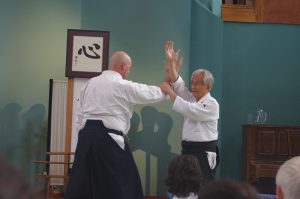

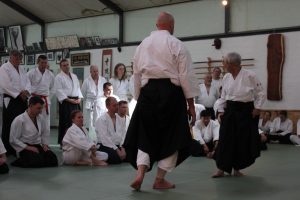 Study of the shinkage ryu documents reveals that “moon on the water principle” applies to more than just the movement of the front foot, undetected into the space that the attacker wishes to occupy, but rather to the nature of mind itself.
Study of the shinkage ryu documents reveals that “moon on the water principle” applies to more than just the movement of the front foot, undetected into the space that the attacker wishes to occupy, but rather to the nature of mind itself.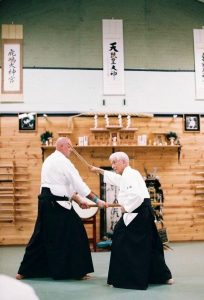 This brings us to lizard legs or “T” step, as Sensei now calls it.
This brings us to lizard legs or “T” step, as Sensei now calls it.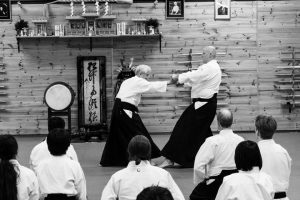
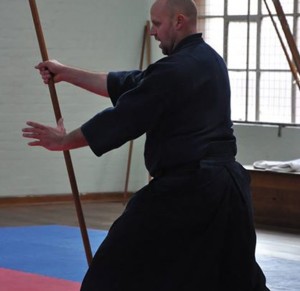 What is the purpose of human endeavour?
What is the purpose of human endeavour?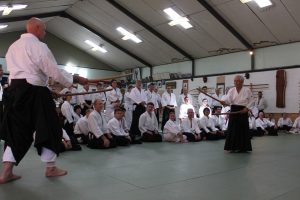 And this brings me to my second point, the relevance to what we do in this modern age.
We are at the moment at an age of entitlement. Our society has lead us through great technological advancements. All the worlds information is at our fingertips, we don’t need to hunt or grow food, walk long distances, or even have to keep appointments (keep our word).
We exist more and more in a virtual world, a bubble that (falsely)offers us protection from our fears, our anxieties and our troubles.
And this brings me to my second point, the relevance to what we do in this modern age.
We are at the moment at an age of entitlement. Our society has lead us through great technological advancements. All the worlds information is at our fingertips, we don’t need to hunt or grow food, walk long distances, or even have to keep appointments (keep our word).
We exist more and more in a virtual world, a bubble that (falsely)offers us protection from our fears, our anxieties and our troubles.